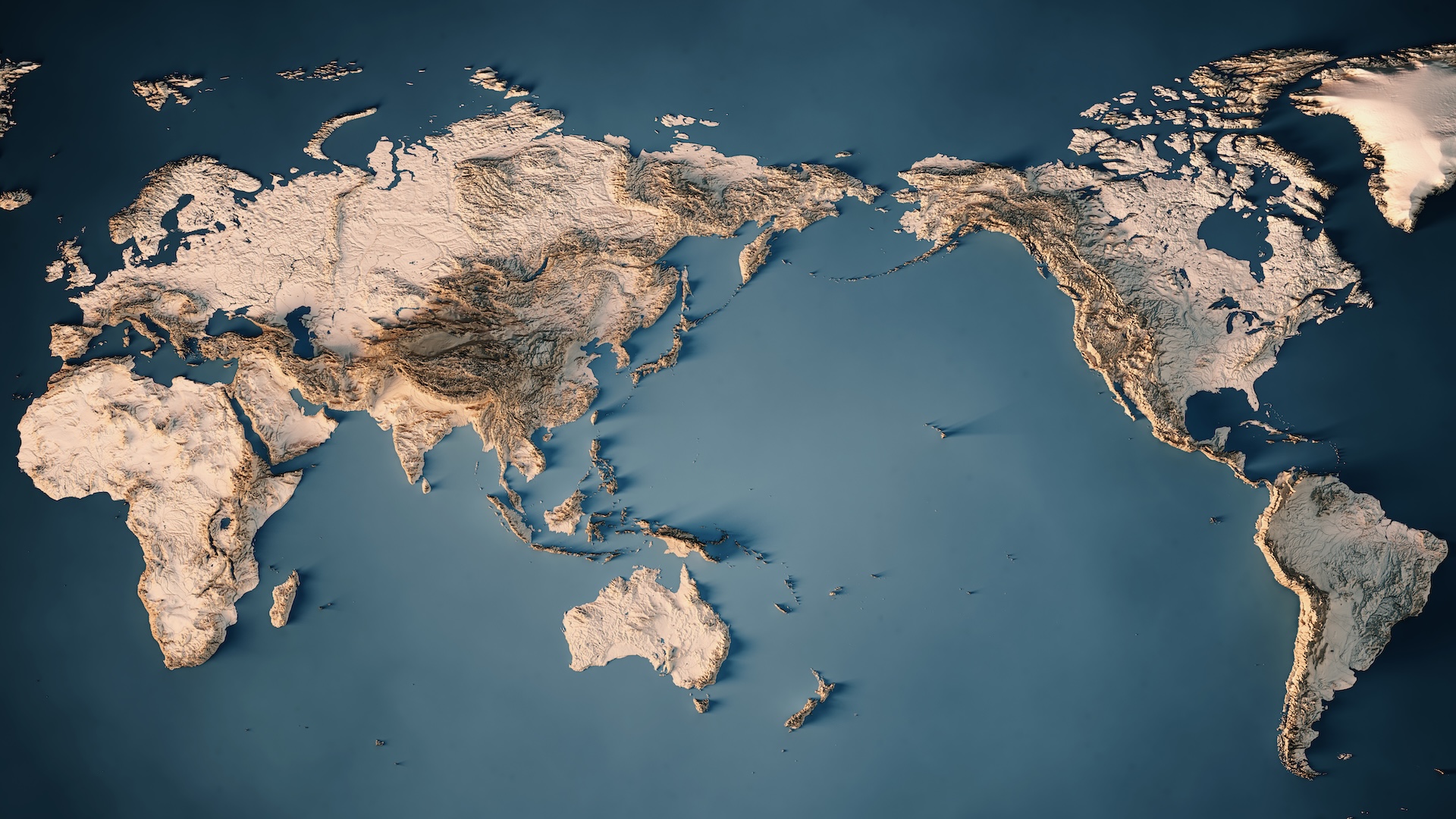
Why is the Pacific Ocean so big?
Look at any world map and you'll see that the Pacific is the largest ocean. But how did it get so big?

By Sascha Pare published
Earth's magnetic field and oxygen levels have increased more or less in parallel over the past 540 million years, suggesting the two factors are linked in some way, researchers say.

By Chris Simms published
The Colorado River basin has lost a Lake Mead’s worth of water in the last 20 years — and scientists say we’re passing a "critical point" where pumping groundwater will become too expensive.
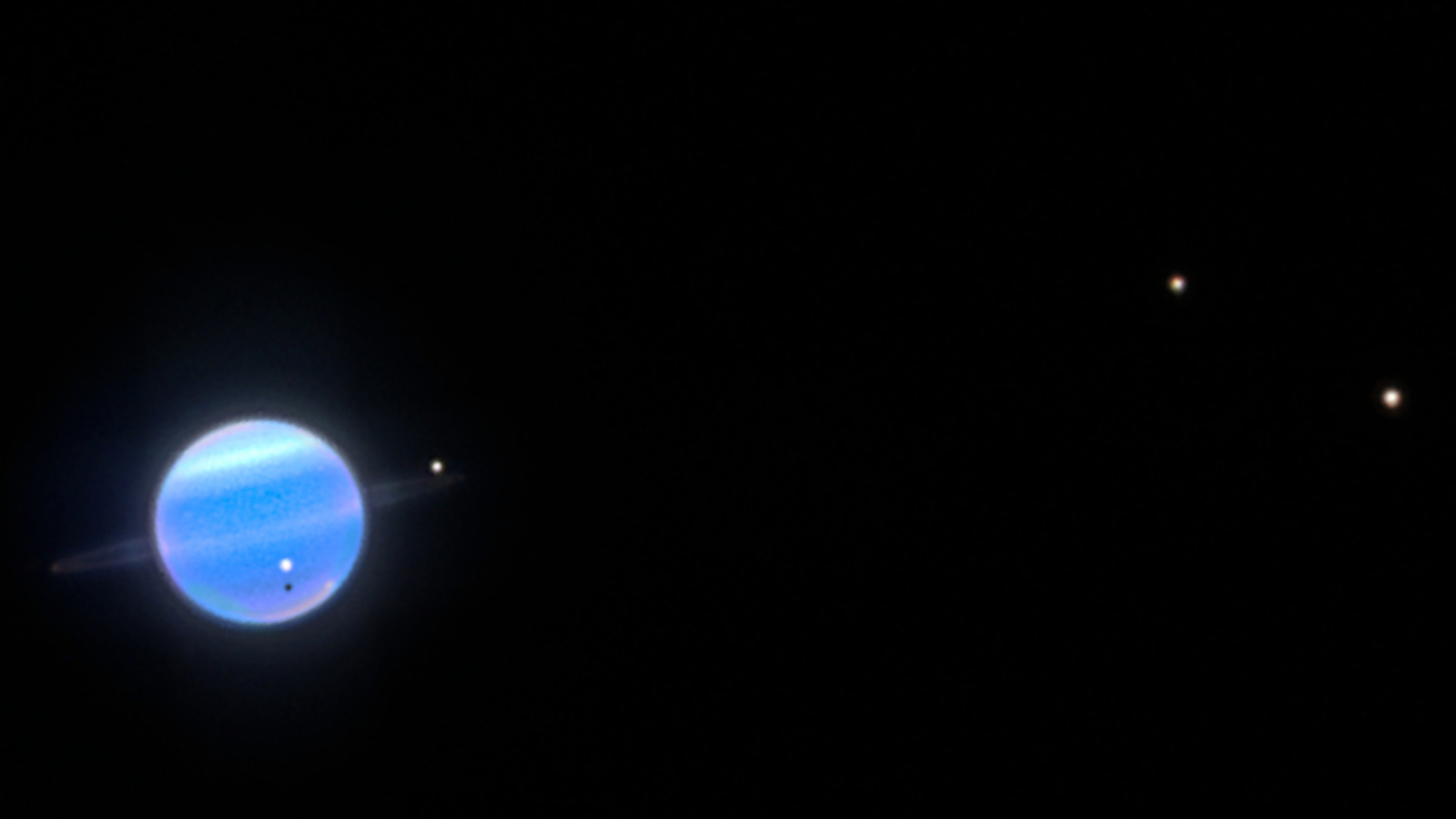
By Harry Baker published
Researchers armed with the Hubble Space Telescope have revealed that some of Uranus' largest moons have one side brighter than the other — but not the side they were expecting.
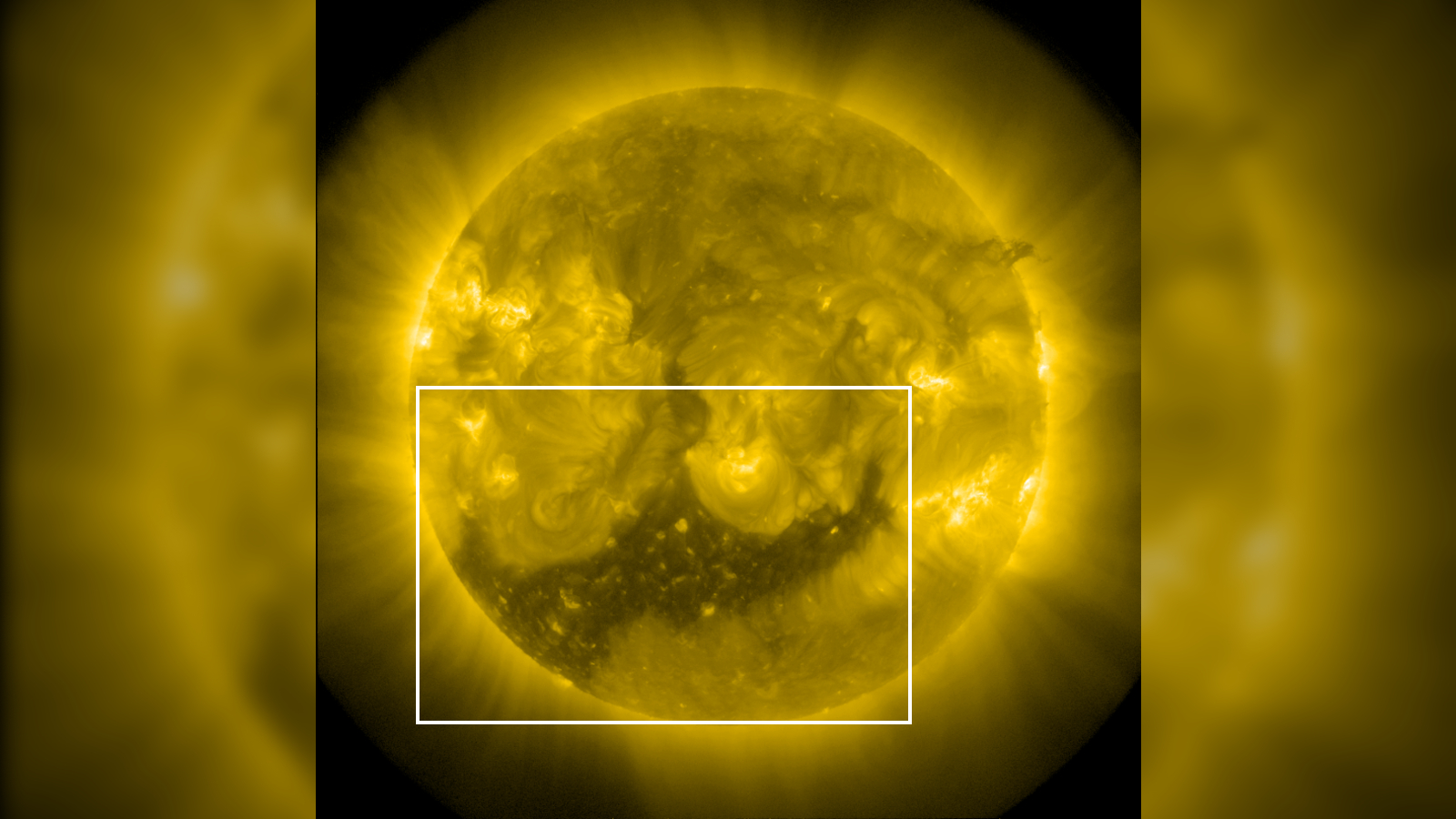
By Harry Baker published
Space weather experts warn that a "moderate" geomagnetic storm could rock Earth over the weekend, potentially lighting the skies with vibrant auroras across large parts of the U.S. and Europe.

Discover the research changing our understanding of the world
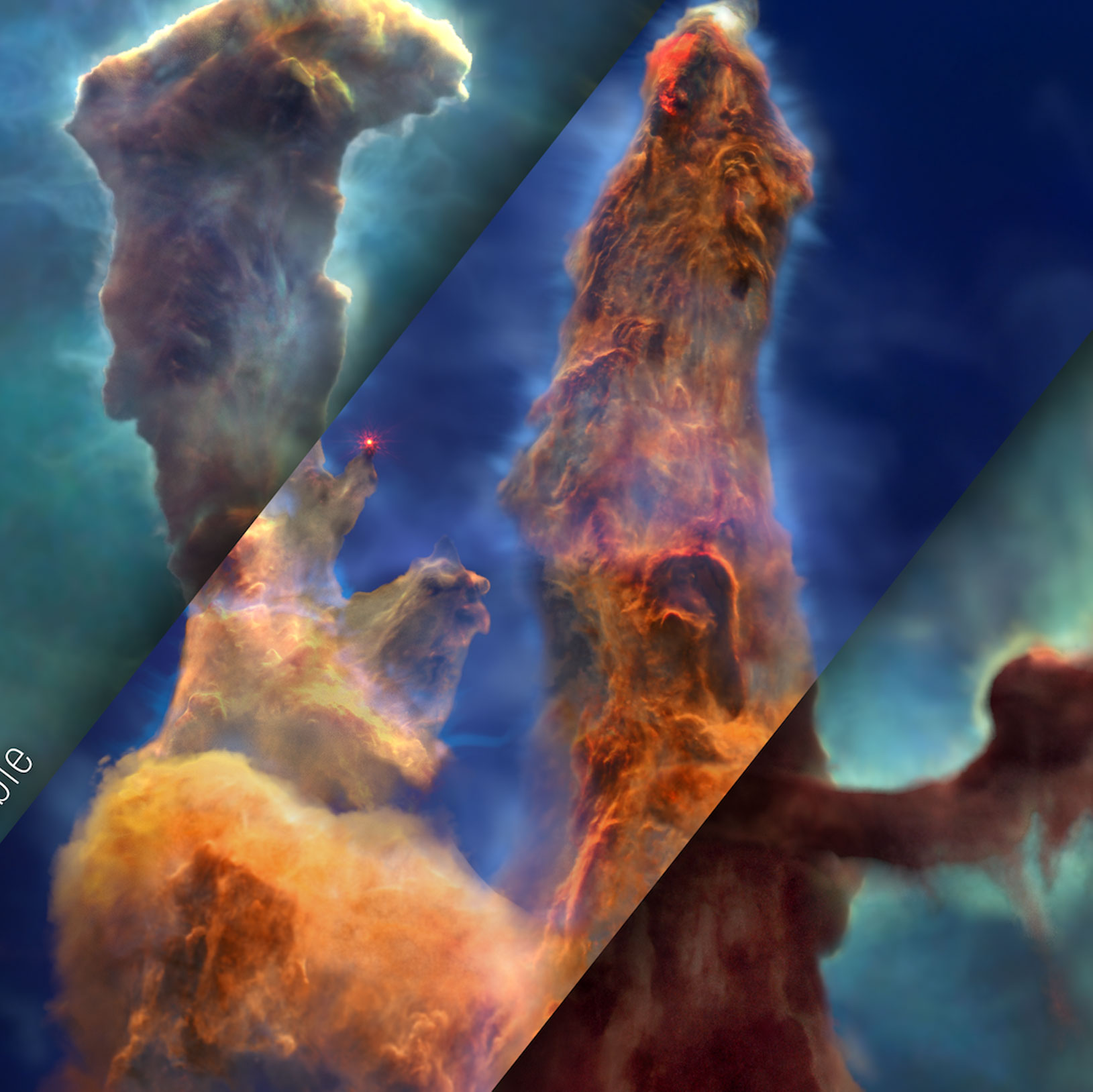
Extraordinary images of our sublime universe

Science questions, answered
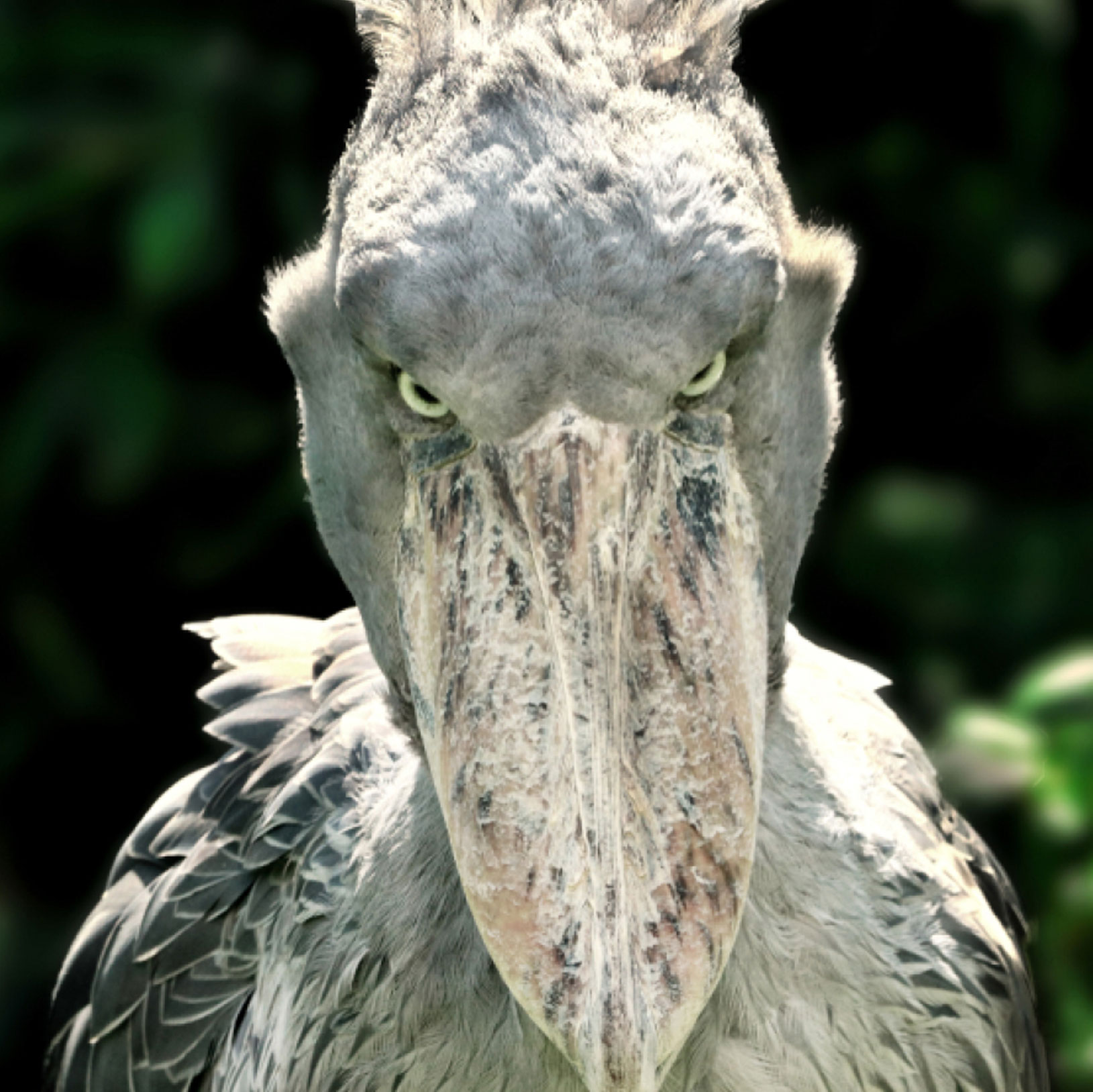
A look at the weird and wonderful species that live on our planet

Test your knowledge of everything from space to nature

Unusual case reports from the medical literature

A window onto extraordinary landscapes on Earth

Medical conditions you may never have heard of before
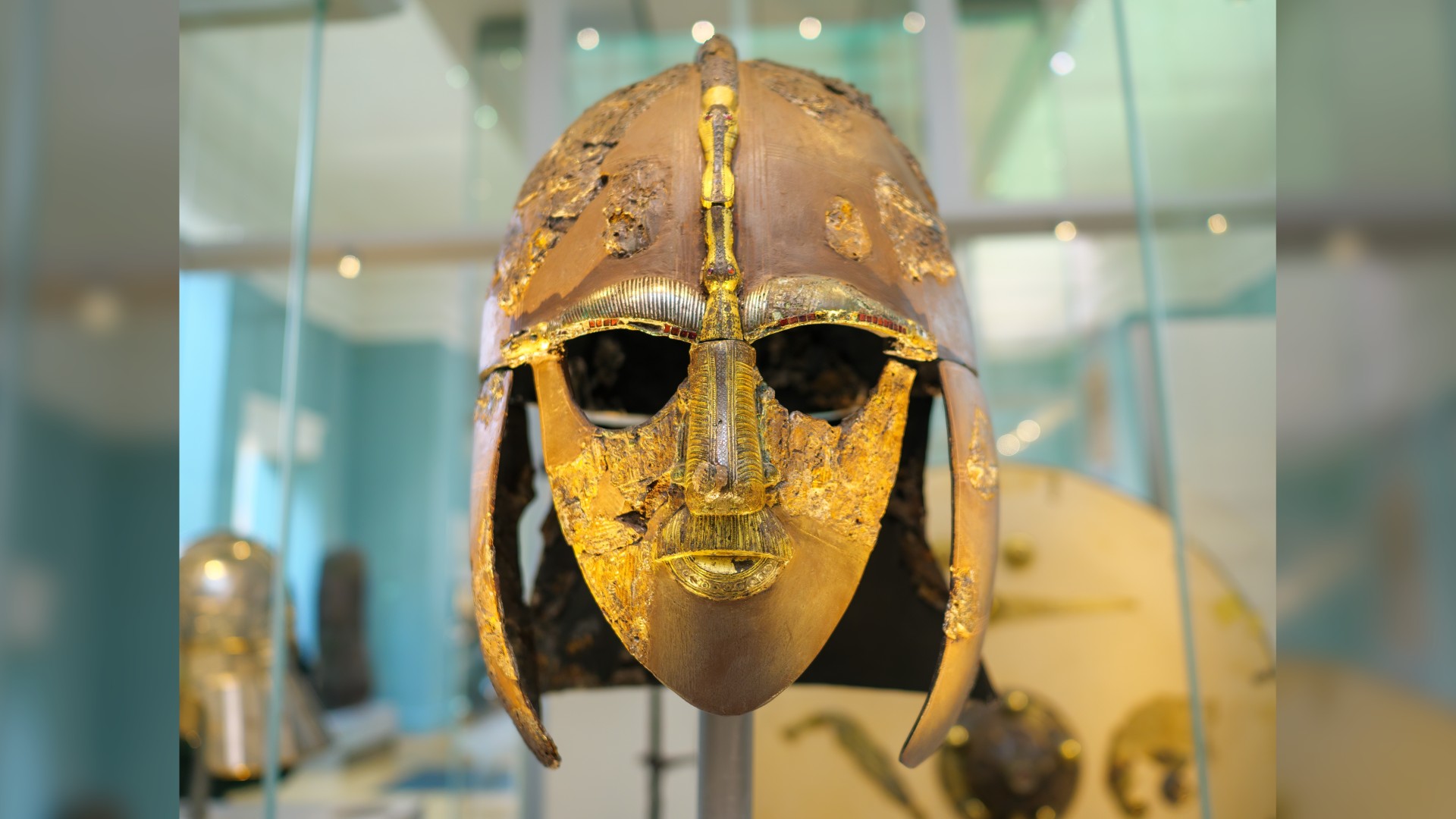
A glimpse into how people lived in the past
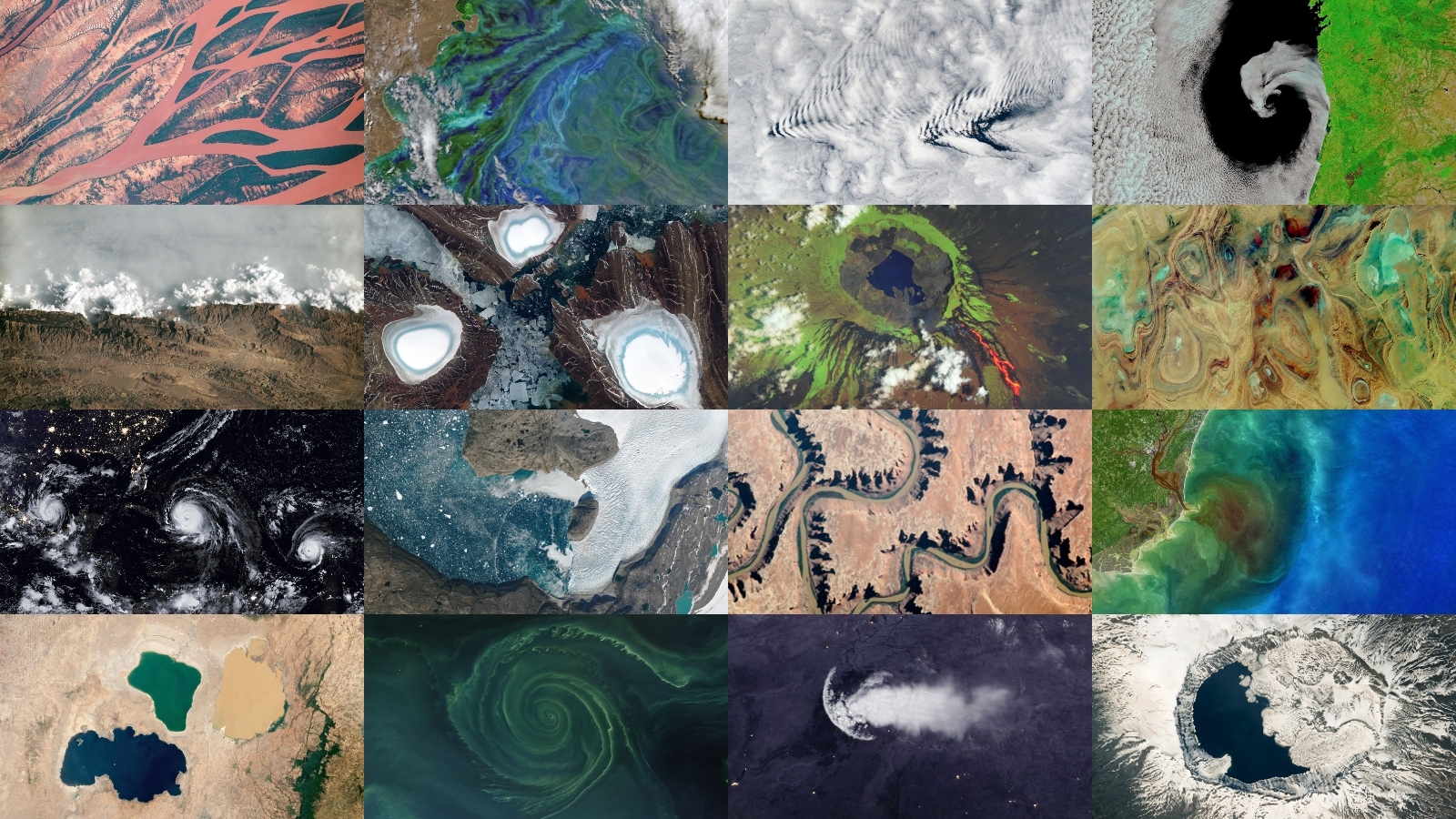
Incredible images of our planet from above

Our roundup the biggest discoveries and top science in the news each week
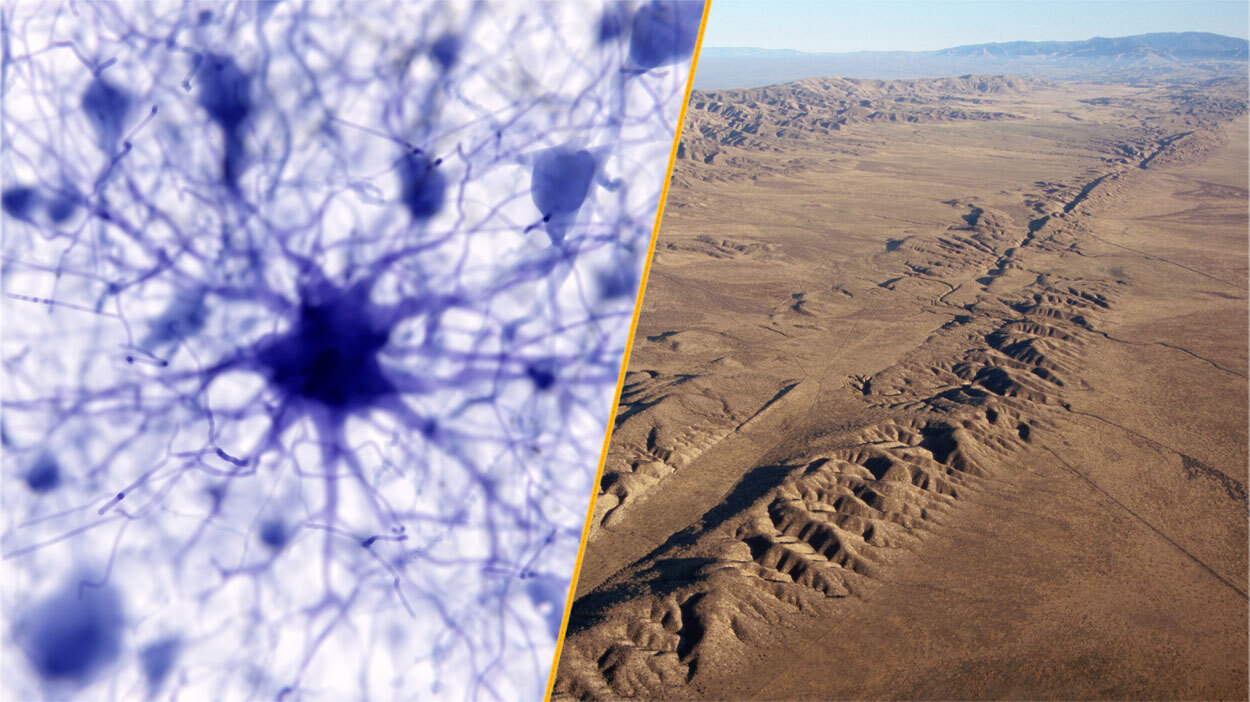
By Alexander McNamara published
June 14, 2025: Our weekly roundup of the latest science in the news, as well as a few fascinating articles to keep you entertained over the weekend.
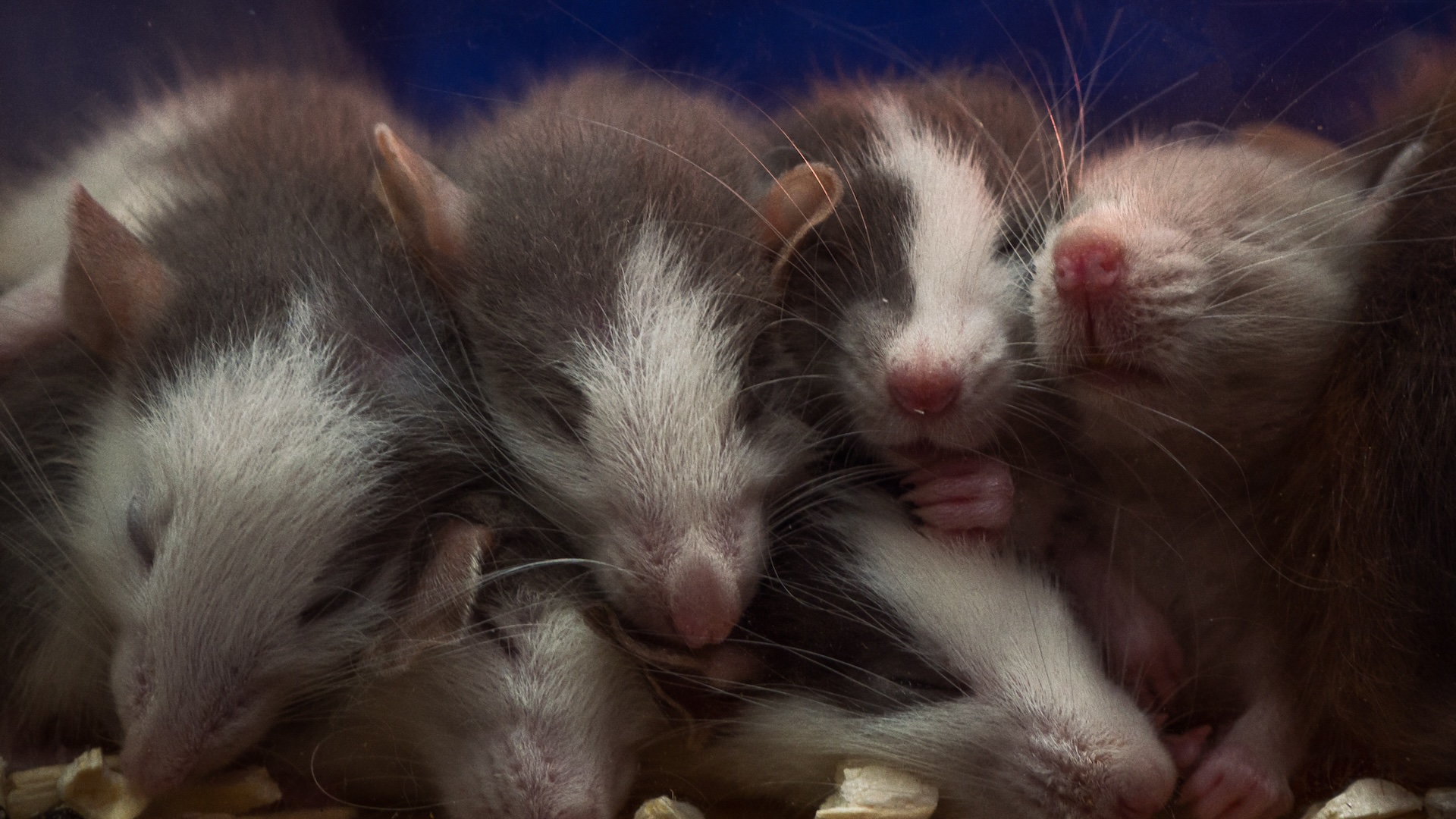
By Clarissa Brincat published
Low iron levels can flip the genetic switch on a mouse's sex during development, causing XY embryos to grow female features. But it's not clear whether the effect applies to humans.

By Alex Erwin published
Opinion A legal scholar with a doctorate in wildlife genetics explains the promise biotechnology techniques hold for some animals that are currently endangered.
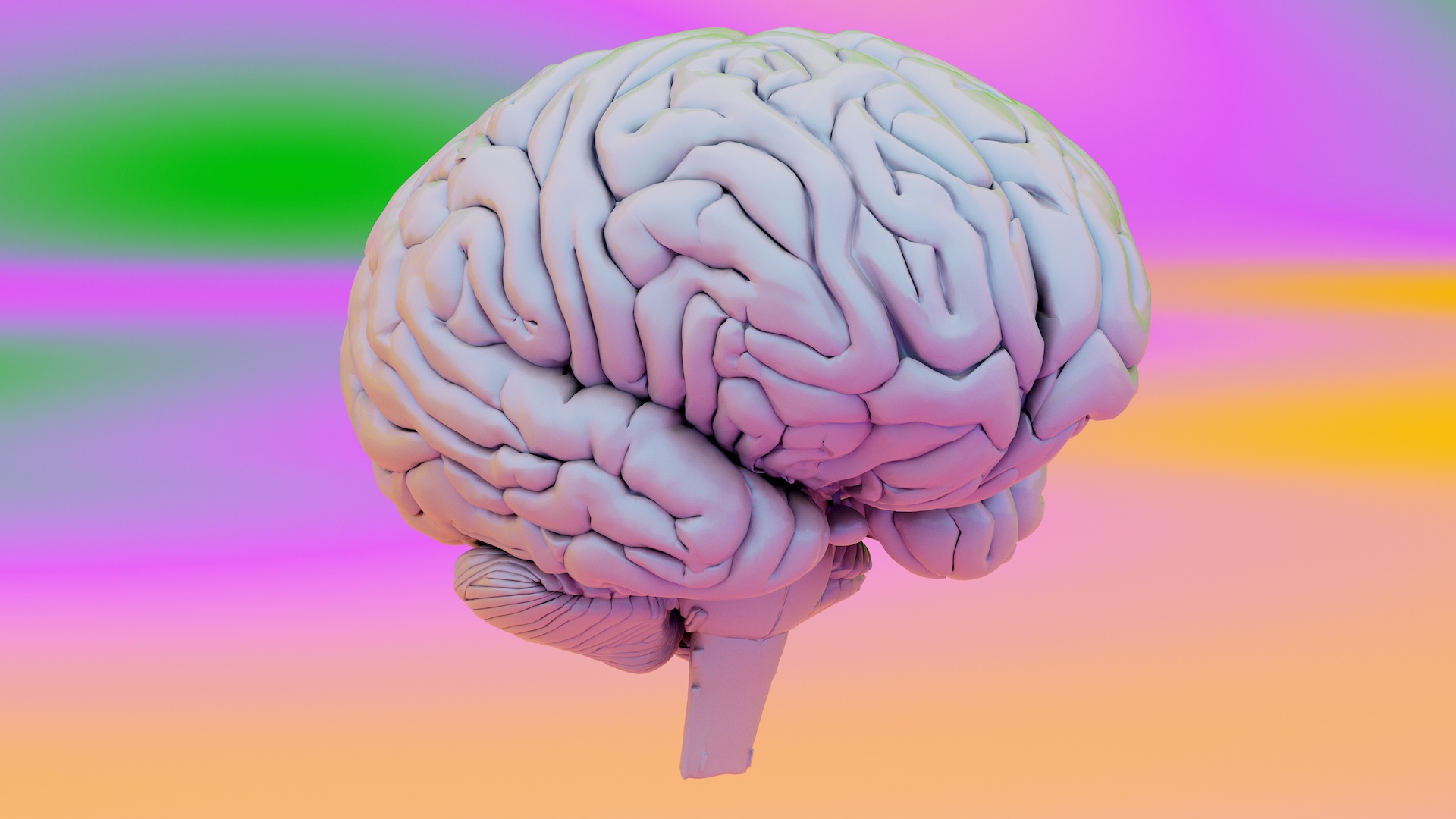
By Payal Dhar published
Activity levels in a specific region of the brain predict whether we think something is real, irrespective of whether we've seen it or imagined it.
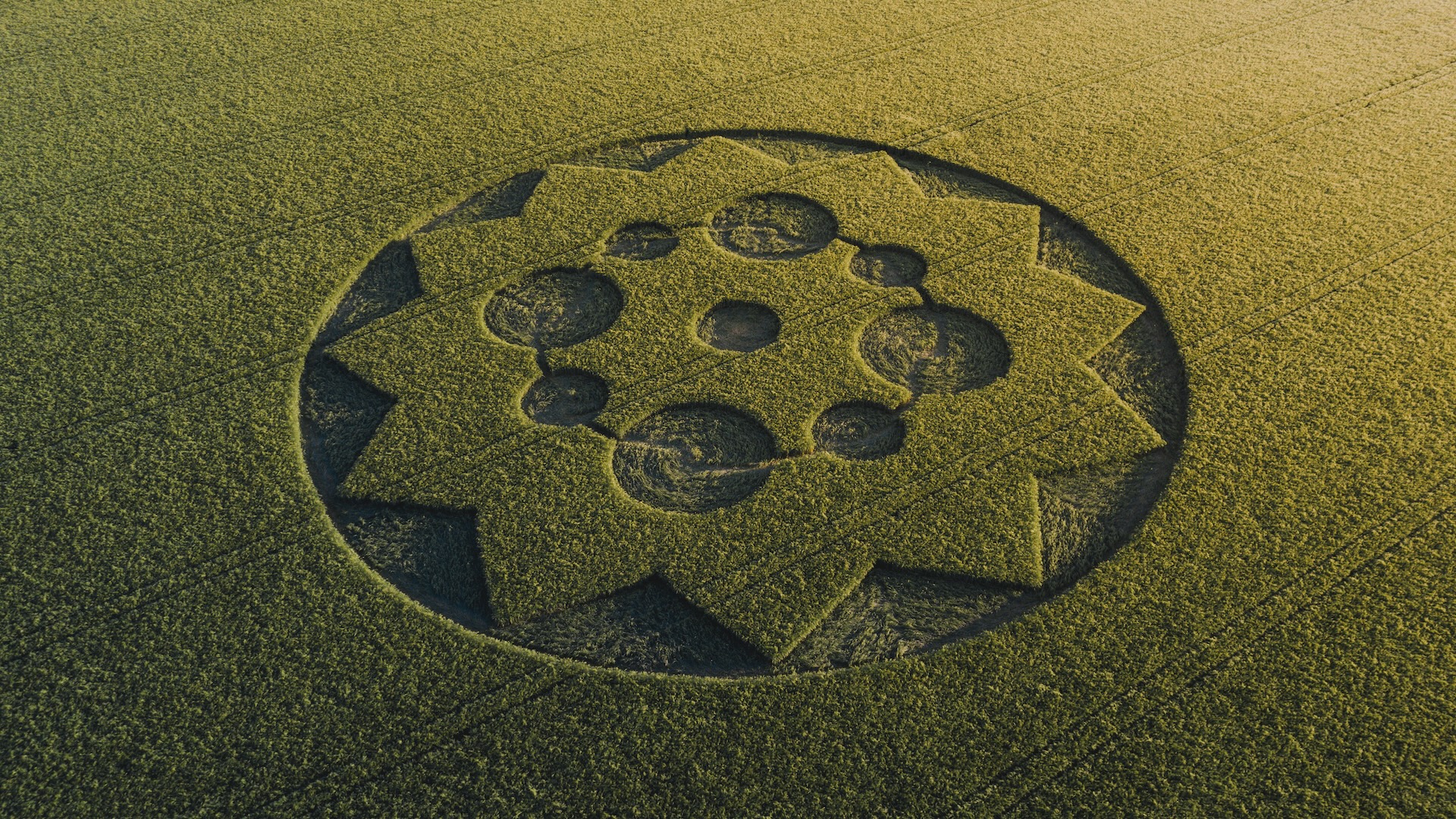
By Joanna Thompson published
The Inter-universal Teichmüller Theory, an infamous proof that has confounded mathematicians for over a decade, has been partially solved.

By Ben Turner published
The new super-strong copper alloy can be used to build better airplanes and spacecraft.
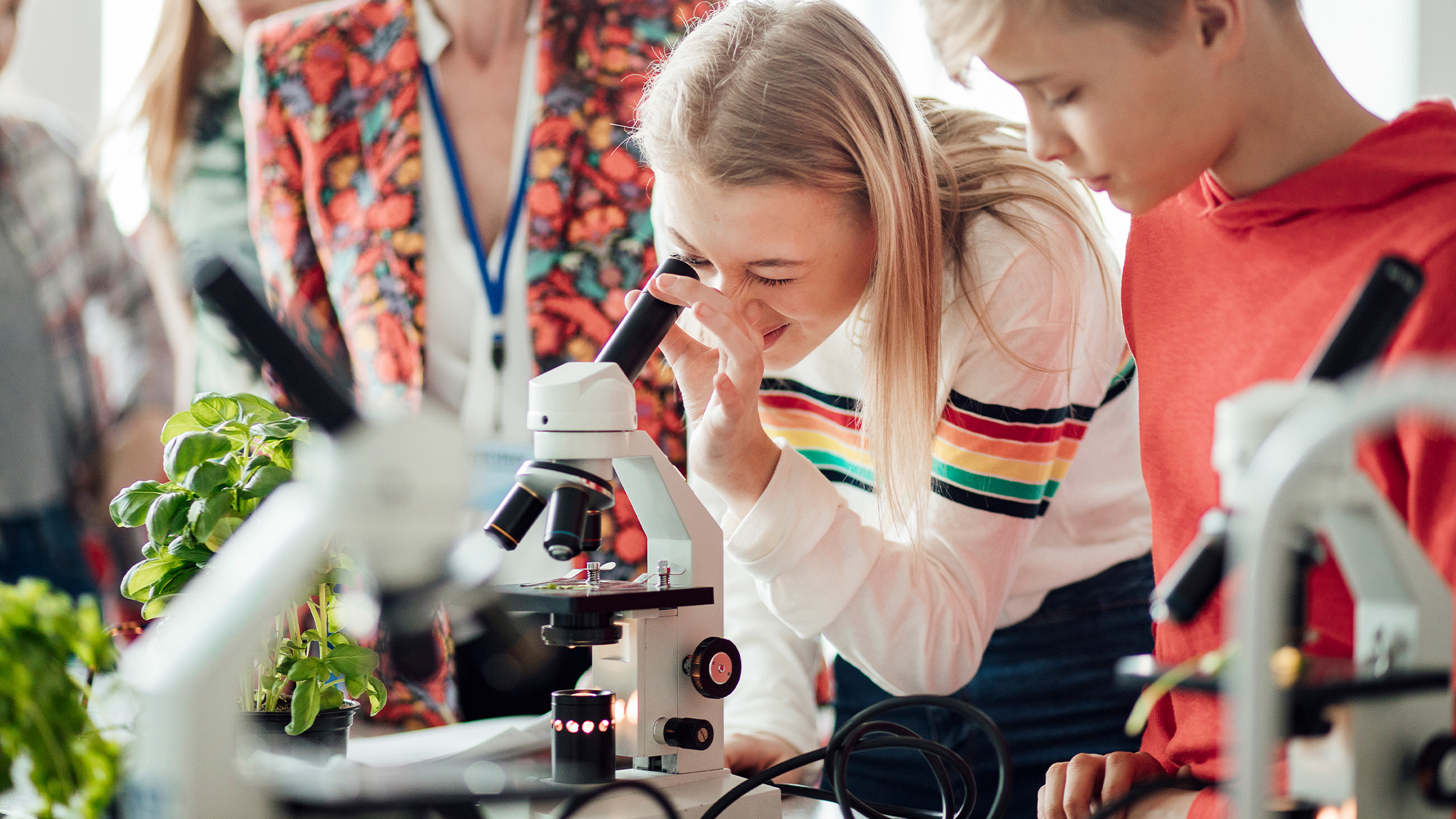
By Morgan Bailee Boggess McCoy last updated
Discover a microscopic world with one of the best microscopes for students and young scientists, without emptying your wallet.